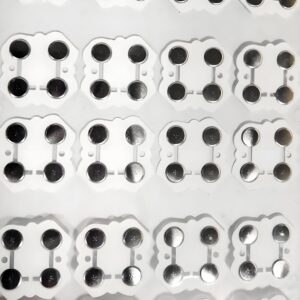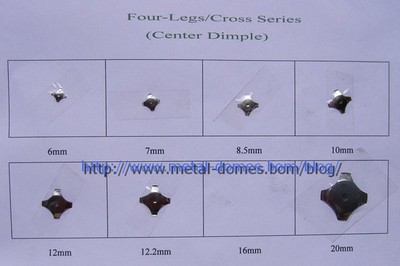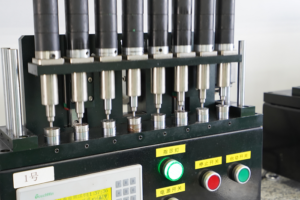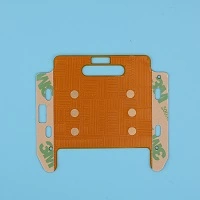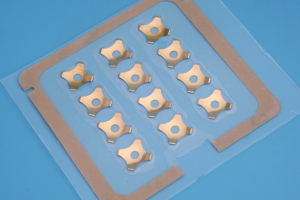Metal domes make up tiny but often overlooked components of our devices in the world of electronics manufacturing. Metal domes are tiny components, but they play an important role in transmitting instructions. They are key components in various electronic products. Most metal domes are made of stainless steel, and the surface of the stainless steel can be electroplated according to the needs of the product. But have you ever thought about the benefits of nickel plating these tiny wonders? In this article we take a closer look at metal domes and explore the differences between natural domes and nickel domes.
Introduction to natural dome
Metal domes are small components used in a variety of electronic devices, including keyboards, remote controls, and cell phones. They are responsible for providing tactile feedback when pressed, making them an important part of user interface design.

The role of nickel dome
The raw material for metal domes is generally stainless steel, which is known for its durability and corrosion resistance. However, depending on the specific requirements of the product, the stainless steel surface can be electroplated with nickel. This process is called nickel dome plating and has several advantages:
1. Enhanced contact sensitivity
A significant advantage of using nickel-plated metal domes is the lower contact resistance compared to natural domes. Lower contact resistance means electrical signals are more easily transmitted when the dome is pressed. This results in a more responsive and responsive user interface, which is critical for applications such as keyboards and touch screens.
2. Improve stability
Nickel-plated domes also exhibit superior oxidation resistance compared to natural dome. Over time, metal may become susceptible to corrosion, which may affect the conductivity of the metal dome. In contrast, nickel-plated domes are less susceptible to oxidation, ensuring long-term stable conductivity and reliable performance.
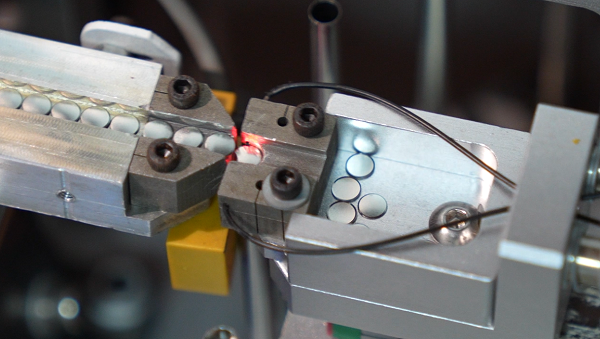
3. Cost considerations
While nickel-plated metal domes offer significant advantages, it’s worth noting that they cost more than metal domes. This cost difference is mainly due to the additional nickel plating process. Manufacturers need to carefully weigh the benefits of increased sensitivity and stability against increased production expenses.
Metal dome application areas
Nickel domes are widely used in a variety of electronic products, including:
Keyboard: The enhanced sensitivity of the nickel dome makes it ideal for use on computer keyboards, ensuring a satisfying and responsive typing experience.
Touchscreens: In touchscreen devices such as smartphones and tablets, nickel domes are preferred for their ability to provide precise and consistent touch response.
Remote Controls: Remote controls for televisions, home appliances, and other electronic devices benefit from the improved durability and reliability of nickel domes.
In summary, while metal domes remain a popular choice for a variety of electronics, nickel metal domes offer clear advantages in terms of contact sensitivity and long-term stability. When choosing a metal dome, you should make a reasonable choice between nickel plating or stainless steel based on the needs of the product itself. The cost of metal domes is also a key factor to consider. Mainly used in applications where accuracy and reliability are critical, investing in nickel domes can improve user experience and product longevity. As technology continues to advance, it is likely that nickel metal domes will continue to play an important role in the development of electronic devices.


